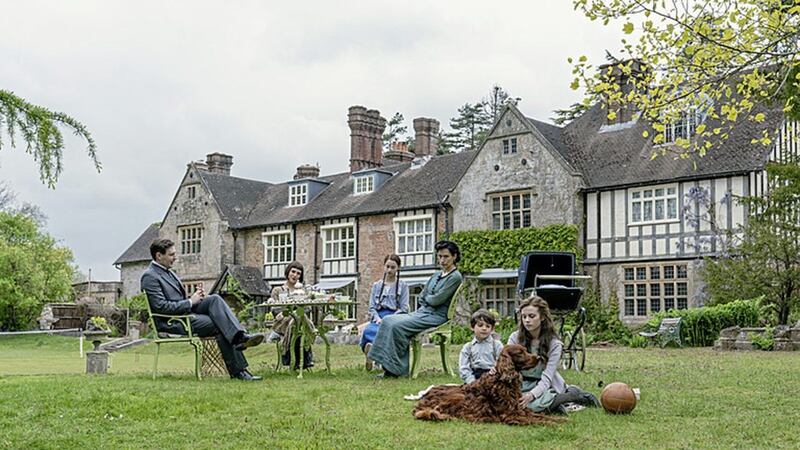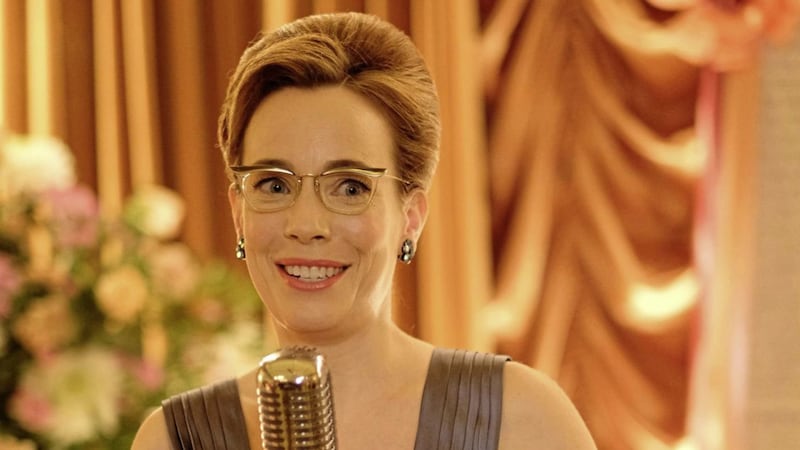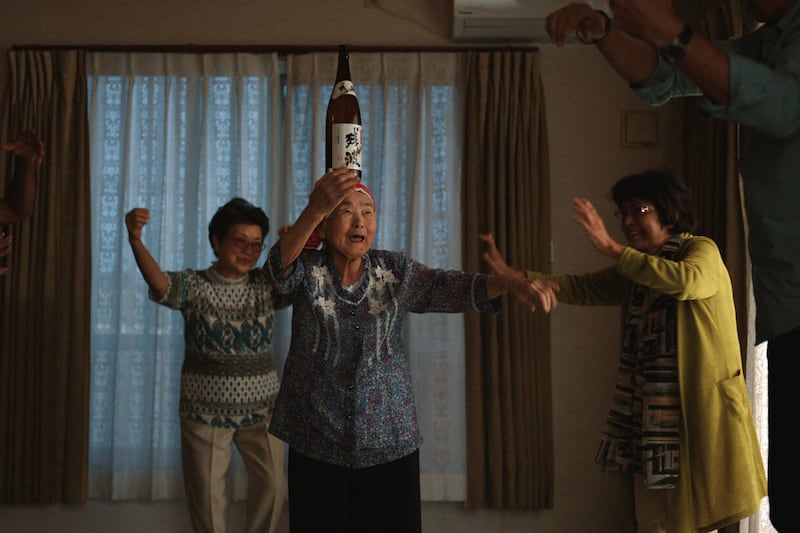Life After Life, BBC 2, Tuesday and iPlayer
The idea of getting a second, or repeating, chance at life is a common dramatic device.
The best know iteration is probably Groundhog Day where Bill Murray gets trapped in a weather forecasting time loop.
But there are many others.
Tom Cruise uses his ability to be killed in battle and then live again to learn how to defeat invading aliens in Edge of Tomorrow, Adam Sandler woos Drew Barrymore in Fifty First Dates and Jake Gyllenhaal tries to prevent a bomb attack in Source Code.
In Life After Life, Ursula Todd (played by various actors as she grows) gets to relive life over and over but without any discernible plot purpose.
A four-part adaptation of the novel by Kate Atkinson, it opens with Ursula’s first demise at the instant of her birth in 1910.
A snow storm blocks the doctor from getting to the home of her mother and Ursula dies as she is born, with the umbilical cord wrapped around her neck.
The clock rewinds and this time the doctor gets through and Ursula makes it into the world second time round.
On this occasion, her privileged life – large home, servants, holidays – continues until she drowns when paddling in the approaching sea as a four or five-year-old, with her sister on a trip to the beach.
Again, we return to the beginning and Ursula restarts her life.
This time she makes it through to the start of the First World War and all is well until her father volunteers for the front and is taken from her family.
At the first Christmas without him, her mother buys her a doll which she says was sent by her father from the front. It wasn’t, but Ursula clings to it as a representation of her love for him.
When her annoying brother throws it out the widow and it sticks on a ledge out of her reach, she is devastated and falls to her death while reaching for it.
We boomerang again, only for the Spanish Flu to strike the house at the end of the war after their Irish maid goes into London to join the street celebrations and brings back the deadly influenza to the family.
Ursula and her younger brother Teddy get it and when she restarts life again and gets back to the same point, she pushes the maid down the stairs as she is about the leave the house for the same armistice celebrations.
As the series goes into the Second World War, the pattern continues and each time Ursula manages to avoid the disaster the second time round.
Apparently by the time we get towards the end of the four-parts, Ursula’s many lives bring her face to face with Adolf Hitler himself.
We’ll have to wait and see if the immortal one uses this opportunity to bring the mass murderer’s life to an end.
I found myself sighing each time we returned to the, now very familiar, birth scene as Ursula is remade and starts anew with the knowledge of another disaster to avoid.
Additionally, it’s hard to engage and empathise with a character for whom death isn’t final.
That’s probably why the previous movie iterations stayed in the unchallenging narrative of comedies, action movies and rom-coms.
Life After Life, which should attract a natural audience from fans of the book, uses a narrator to navigate us through the journey. This my be a book that just doesn’t translate to the screen.
Perhaps things will improve in the coming weeks but thus far it’s left me rather cold and confused.









